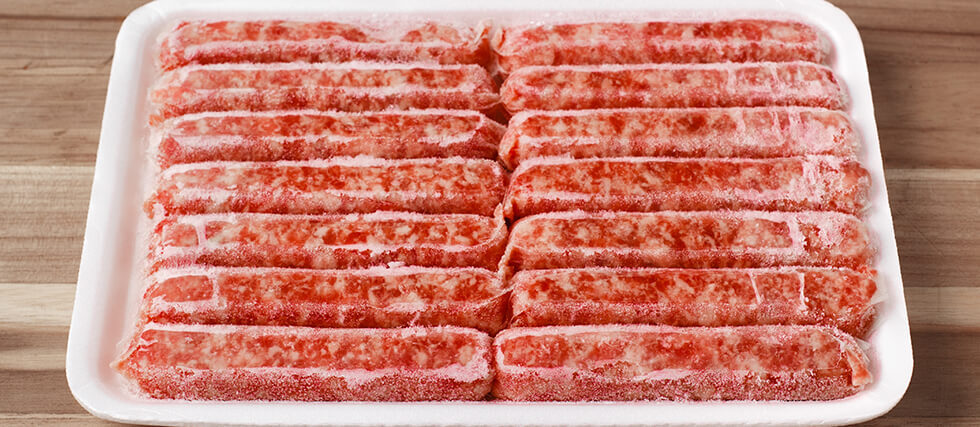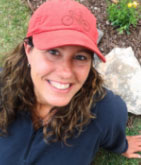Conservation Milestone: Sihek Birds Return to the Wild After Nearly 40 Years
A remarkable conservation success story is unfolding thanks to the dedicated efforts of the Cincinnati Zoo & Botanical Garden! After nearly four decades, the endangered Sihek bird—also known affectionately as the Guam kingfisher—has finally laid its first wild eggs.
Nine young Sihek, lovingly hand-raised by zoo staff, were released into their new home at Palmyra Atoll, a pristine Pacific island managed by The Nature Conservancy, located about 1,000 miles south of Honolulu. Among these pioneering birds, three came directly from the Cincinnati Zoo, including Tutuhan, the project’s celebrated first chick.
Senior Aviculturist Aimee Owen shared her joy: “This is something I never imagined witnessing in my lifetime, let alone participating in. Seeing Tutuhan—Cincinnati’s first egg, first chick, and now the first to lay eggs herself—is incredibly heartwarming.”
Since arriving last September, the young Sihek have flourished, learning to hunt, forming pairs, building nests, and now laying their first eggs. This exciting development marks the first natural breeding of Sihek since their tragic extinction from Guam in the 1980s, due to the accidental introduction of the brown tree snake.
“The immediate goal is to help establish a thriving, self-sustaining Sihek population on Palmyra Atoll,” explained Owen. “Ultimately, we dream of restoring these beautiful birds to their original home on Guam.”
While these enthusiastic young pairs are just beginning their parenting journey, hopes remain high. Experts anticipate that after gaining experience through successive nesting attempts, the Sihek will soon successfully hatch chicks in the wild.
Thanks to the Cincinnati Zoo’s commitment and care, the Sihek’s future looks bright, offering renewed hope that we can indeed bring endangered species back from the brink. This inspiring achievement symbolizes how passion and persistence can truly make miracles happen in conservation.










